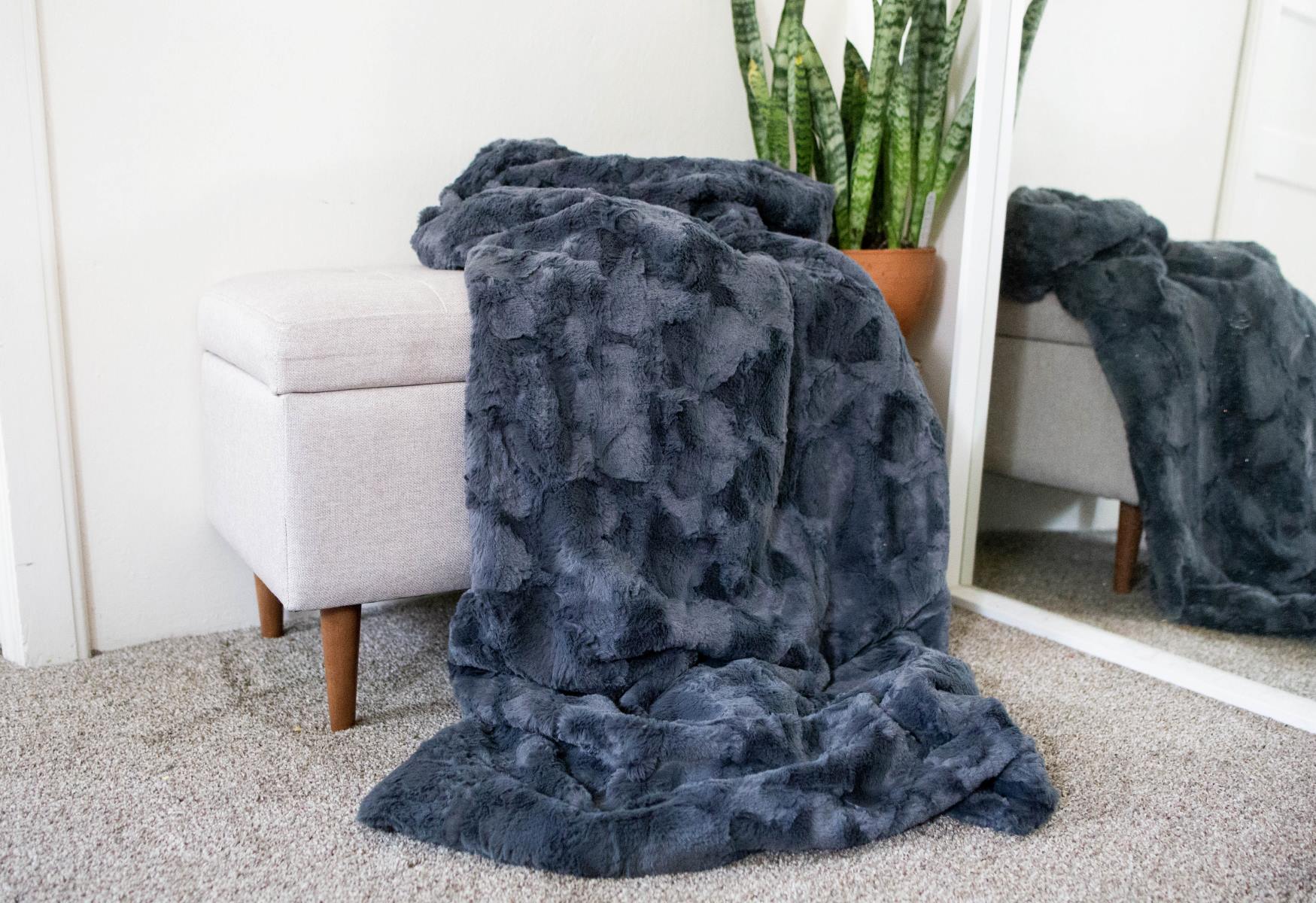

Articles
What Is The Softest Type Of Blanket
Modified: February 23, 2024
Discover the softest type of blankets with our informative articles. Find out which materials provide the ultimate comfort for a cozy night's sleep.
(Many of the links in this article redirect to a specific reviewed product. Your purchase of these products through affiliate links helps to generate commission for Storables.com, at no extra cost. Learn more)
Introduction
When it comes to snuggling up and getting cozy, nothing beats wrapping yourself in a soft and luxurious blanket. The type of material used in a blanket plays a vital role in determining its softness and overall comfort. From fleece to microfiber to cashmere, there are various options available on the market that offer different levels of softness.
In this article, we will explore some of the softest types of blankets and delve into their unique characteristics. Whether you are looking for a blanket to enhance your relaxation time or to add a touch of luxury to your home decor, knowing which materials provide the ultimate softness will help you make an informed decision.
So, let’s dive in and discover the crème de la crème of soft blankets!
Key Takeaways:
- Indulge in the ultimate comfort with fleece, microfiber, cashmere, bamboo, or silk blankets, each offering a unique level of softness, warmth, and luxury to elevate your relaxation and cozy moments.
- Whether you crave the plush velvety texture of fleece, the silky smoothness of microfiber, the unparalleled softness of cashmere, the eco-friendly luxury of bamboo, or the opulent feel of silk, there’s a soft and luxurious blanket to suit your every comfort need.
Read more: What Is The Softest Mattress Type
Fleece Blankets
Fleece blankets are renowned for their exceptional softness and warmth. They are usually made from polyester fibers that are tightly woven together to create a plush and fluffy texture. Fleece blankets are known for their ability to retain heat, making them perfect for chilly nights or cozying up on the couch.
What sets fleece blankets apart is their incredible softness against the skin. The fibers used in the manufacturing process are designed to mimic the feel of wool, without the itchiness. As a result, fleece blankets provide a velvety smooth touch that is incredibly comforting.
Another advantage of fleece blankets is their lightweight nature. Despite their warmth and softness, they are not excessively heavy, making them suitable for all seasons. Fleece blankets also have excellent moisture-wicking properties, keeping you dry and comfortable throughout the night.
When it comes to caring for fleece blankets, they are relatively easy to clean. Most fleece blankets can be machine-washed on a gentle cycle and tumble-dried on low heat. However, it is essential to follow the manufacturer’s instructions to maintain the softness and longevity of the blanket.
Whether you’re curling up with a book on a rainy day or adding an extra layer of warmth to your bedding, fleece blankets offer a plush and soothing experience. Their softness, warmth, and durability make them a popular choice among individuals of all ages.
Microfiber Blankets
Microfiber blankets are another excellent option for those seeking a soft and luxurious blanket experience. These blankets are made from ultra-fine synthetic fibers, typically polyester or nylon. The fibers are tightly woven, creating a soft, smooth, and velvety texture.
One of the key advantages of microfiber blankets is their ability to trap heat effectively. The tiny fibers create air pockets that help to insulate and retain body warmth, keeping you snug and cozy even in colder temperatures. This makes microfiber blankets ideal for winter nights or for those who prefer a warmer blanket.
Not only are microfiber blankets irresistibly soft, but they also offer other notable benefits. They are highly durable and resistant to wrinkling, shrinking, and fading, making them a long-lasting investment. Additionally, microfiber blankets are hypoallergenic, making them a great option for individuals with allergies or sensitive skin.
Microfiber blankets are lightweight and breathable, which means they can be used year-round without feeling too heavy. They also have excellent moisture-wicking properties, allowing for quick drying and preventing the buildup of sweat or humidity.
Caring for microfiber blankets is relatively simple. Most microfiber blankets can be machine-washed in cold water on a gentle cycle. It is recommended to use a mild detergent and avoid using bleach or fabric softeners. Tumble-drying on low heat or air-drying is preferable to maintain the softness and quality of the blanket.
Whether you’re snuggling up on the couch or adding an extra layer of warmth to your bed, microfiber blankets offer a luxurious and velvety softness that will keep you cozy and comfortable.
Cashmere Blankets
Cashmere blankets are the epitome of luxury and indulgence. Made from the fine fibers of cashmere goats, these blankets are renowned for their unmatched softness and exceptional warmth.
What sets cashmere blankets apart is the unique composition of the fibers. Cashmere is derived from the soft undercoat of cashmere goats, which is known for its insulation properties and incredible softness. The fibers are meticulously collected during the molting season and undergo an intensive process of sorting and spinning to create the luxurious cashmere yarn.
A cashmere blanket feels incredibly soft and lightweight against the skin. The fibers have a natural loft and warmth that provide insulation without feeling heavy or bulky. The result is a blanket that envelops you in a gentle embrace, offering unrivaled comfort and coziness.
Cashmere blankets are highly sought-after for their exceptional quality and durability. They are known to be long-lasting and can retain their softness even after years of use. Cashmere fibers are also naturally hypoallergenic, making them a suitable choice for individuals with allergies or sensitive skin.
When it comes to caring for cashmere blankets, it is essential to follow the manufacturer’s instructions. Typically, cashmere blankets should be dry cleaned to maintain their softness and quality. It is also advisable to store cashmere blankets in breathable bags or containers to protect them from moths and maintain their pristine condition.
A cashmere blanket is more than just a functional piece; it is a luxurious statement that elevates your comfort to new heights. Whether you are curling up by the fireplace or adding a touch of elegance to your bedroom decor, a cashmere blanket promises an unparalleled level of softness and indulgence.
When looking for the softest type of blanket, consider materials like cashmere, mink, or microfiber. These materials are known for their luxurious softness and can provide a cozy and comfortable feel.
Bamboo Blankets
Bamboo blankets are gaining popularity as a sustainable and eco-friendly option that also offers exceptional softness and comfort. Made from the fibers of bamboo grass, these blankets provide a luxurious and silky texture while being gentle on the environment.
Bamboo fibers are incredibly soft and smooth, making bamboo blankets a delight to touch. The fibers are often processed to create a fabric called bamboo rayon or bamboo viscose, which has a luxurious drape and a silky feel. This gives bamboo blankets a luxurious and elegant touch.
One of the standout features of bamboo blankets is their excellent breathability. Bamboo fibers have natural moisture-wicking properties that help to regulate body temperature, making bamboo blankets ideal for hot summer nights or individuals who tend to sleep warm. This breathability also helps to prevent the buildup of moisture, keeping you cool and dry throughout the night.
Additionally, bamboo blankets are hypoallergenic and antibacterial, making them a great choice for individuals with allergies or sensitive skin. The natural properties of bamboo inhibit the growth of bacteria, mold, and allergens, making these blankets a healthier option for your sleep environment.
Caring for bamboo blankets is relatively straightforward. Most bamboo blankets can be machine-washed on a gentle cycle using cold water and a mild detergent. It is recommended to avoid using bleach or fabric softeners, as they can damage the natural fibers. Bamboo blankets should be air-dried or tumble-dried on low heat to maintain their softness and shape.
With its sustainability, softness, and breathability, a bamboo blanket offers a cozy and guilt-free experience. Whether you’re looking for a lightweight summer blanket or a year-round option, bamboo blankets are a luxurious and eco-friendly choice.
Read more: What Is The Softest Yarn For A Baby Blanket
Silk Blankets
Silk blankets are the epitome of elegance and luxury. Made from the fibers of silkworm cocoons, these blankets offer a unique combination of softness, smoothness, and temperature regulation.
Silk is renowned for its incredibly smooth and sleek texture. Silk fibers are naturally lightweight and possess a high level of luster, giving silk blankets a luxurious sheen. The smoothness of silk blankets against the skin creates a sensual and indulgent experience.
One of the standout features of silk blankets is their excellent temperature regulation properties. Silk has natural temperature-regulating abilities, helping to keep you cool in hot weather and warm during colder months. This makes silk blankets suitable for year-round use, providing comfort and coziness without feeling too hot or too cold.
Silk is also hypoallergenic, making silk blankets a great choice for those with allergies or sensitive skin. The natural properties of silk make it resistant to dust mites and mold, ensuring a cleaner and healthier sleep environment.
Caring for silk blankets requires some extra care. Silk is a delicate fabric and should be treated gently to preserve its softness and longevity. It is recommended to hand wash silk blankets in cold water with a mild detergent specifically designed for silk. Avoid using bleach or harsh chemicals. After washing, silk blankets should be air-dried or laid flat to dry.
Silk blankets are the epitome of luxury and sophistication, providing an indulgent and sensual experience. Whether you’re adding a touch of elegance to your bedroom decor or snuggling up for a heavenly night’s sleep, a silk blanket offers a sumptuous and opulent feel.
Conclusion
Choosing the softest type of blanket is a personal preference, as different materials offer unique levels of softness and comfort. Fleece blankets provide a plush and velvety texture, perfect for cozying up on the couch. Microfiber blankets offer a smooth and luxurious feel, along with excellent heat retention. Cashmere blankets, known for their unparalleled softness, provide a luxurious and cozy experience. Bamboo blankets, with their eco-friendly nature and silky texture, offer a breathable and sustainable option. Lastly, silk blankets offer a touch of elegance and opulence with their smoothness and temperature-regulating properties.
When selecting a soft blanket, it’s essential to consider your specific preferences and needs. Factors such as warmth, breathability, durability, and care requirements should be taken into account to ensure you choose the right blanket for your comfort.
Regardless of the type of blanket you choose, it’s crucial to care for it properly to maintain its softness and quality. Following the manufacturer’s instructions for cleaning and storage will help prolong the life of your blanket and ensure you continue to enjoy its softness for years to come.
Whether you prefer the cozy warmth of a fleece blanket, the silky smoothness of a microfiber blanket, the indulgence of a cashmere or silk blanket, or the eco-friendliness of a bamboo blanket, there is a soft and luxurious option available for everyone.
Investing in a soft blanket not only enhances your relaxation and comfort but also adds a touch of luxury to your home. So go ahead, indulge yourself in the caress of a soft blanket and embrace the cozy moments of warmth and serenity.
Frequently Asked Questions about What Is The Softest Type Of Blanket
Was this page helpful?
At Storables.com, we guarantee accurate and reliable information. Our content, validated by Expert Board Contributors, is crafted following stringent Editorial Policies. We're committed to providing you with well-researched, expert-backed insights for all your informational needs.
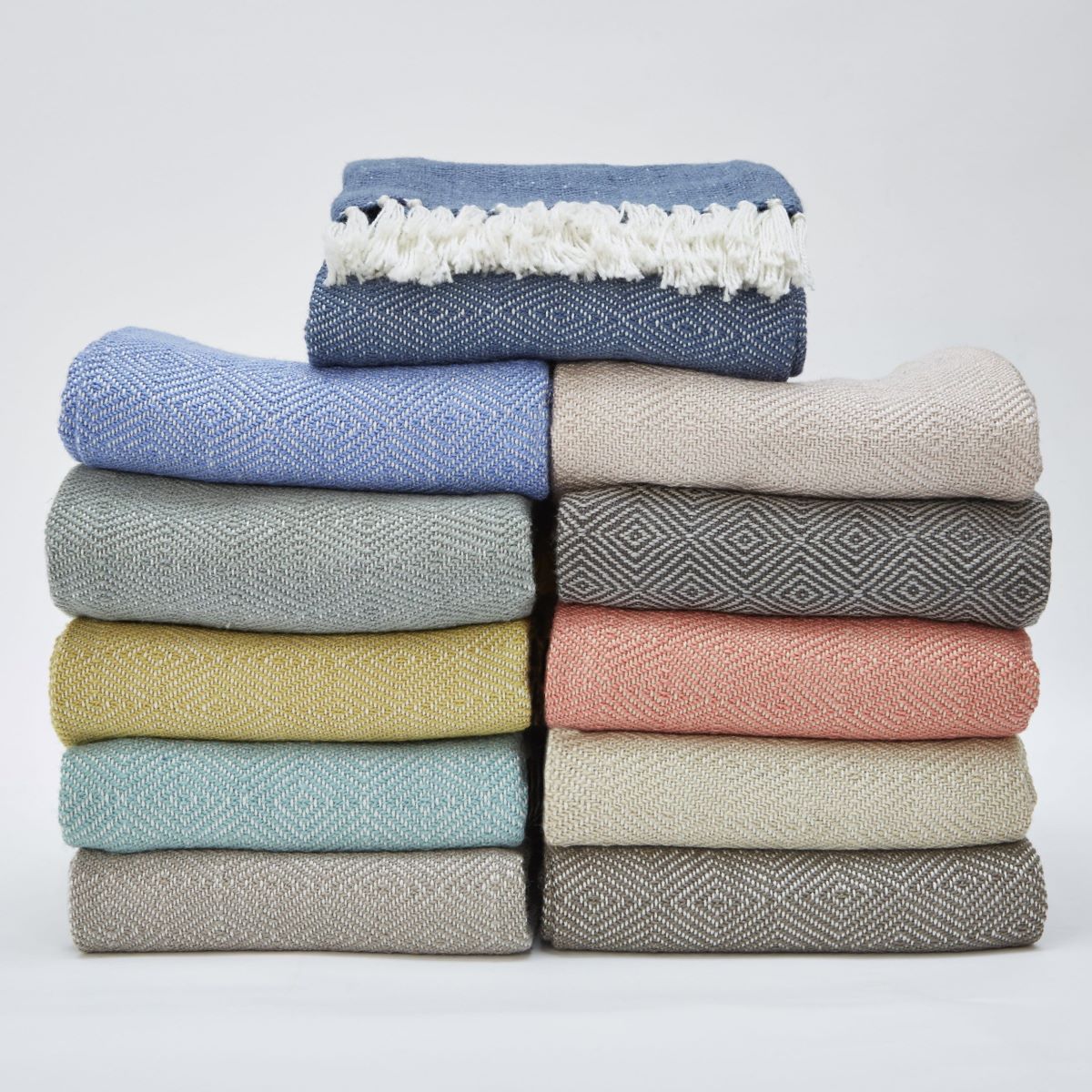
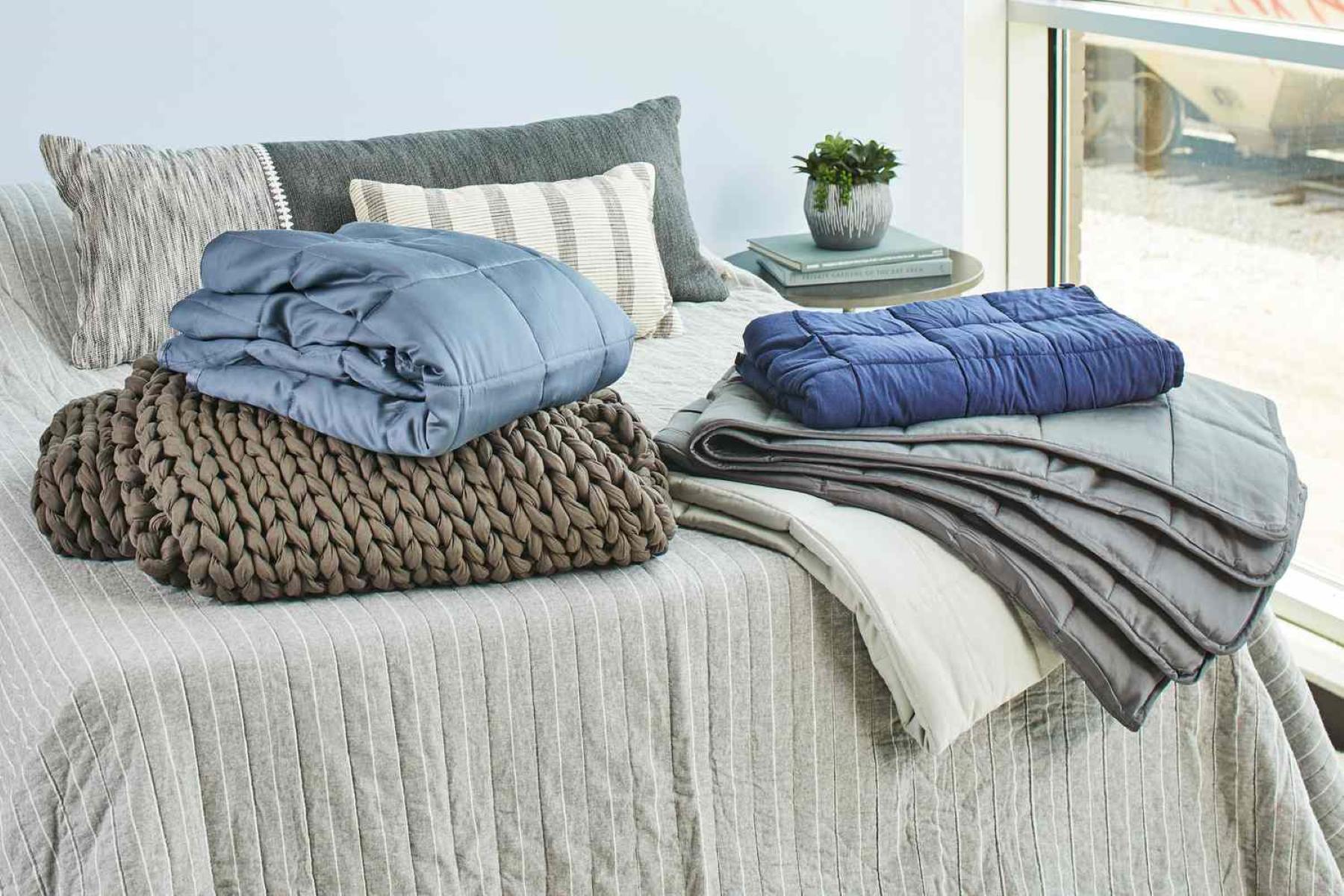
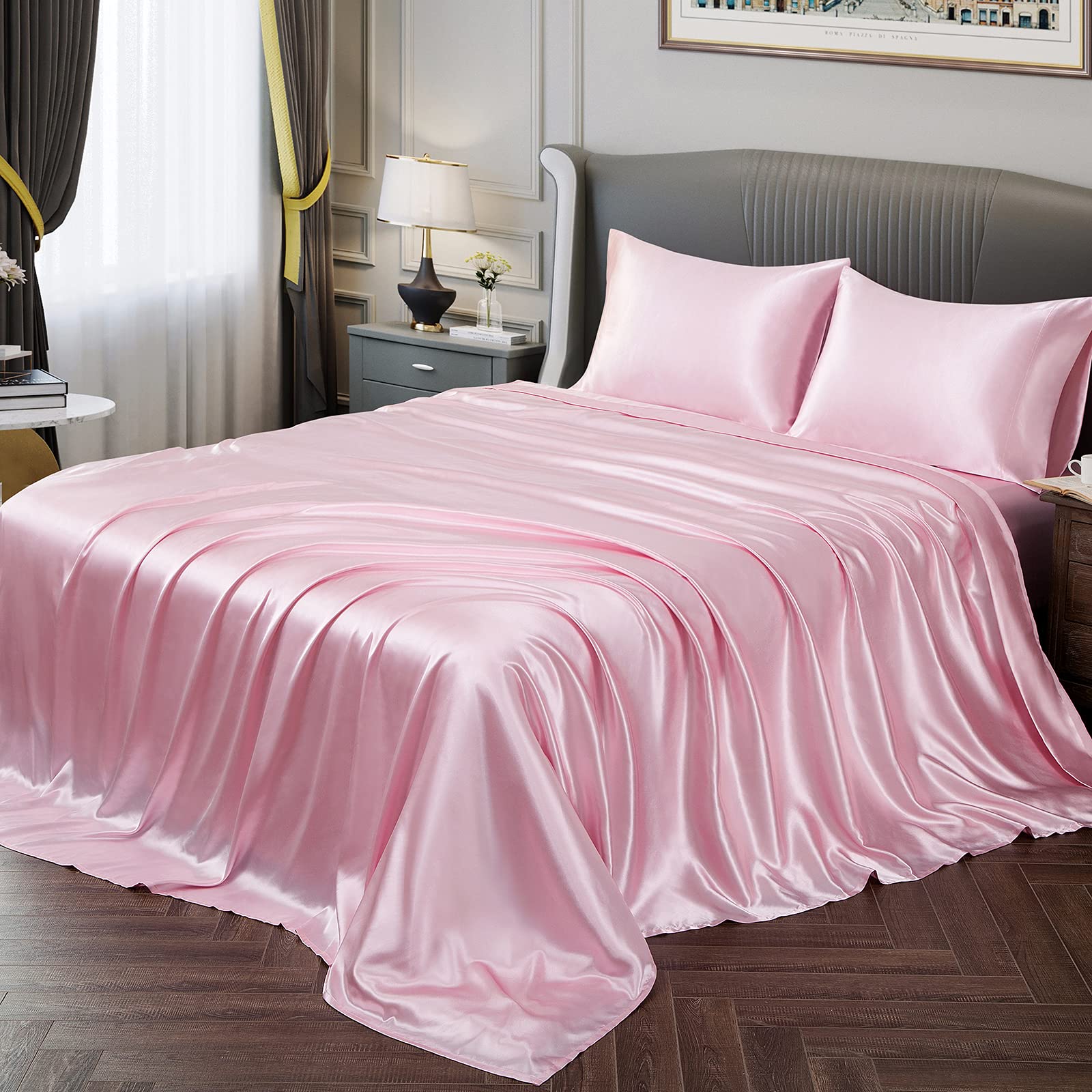
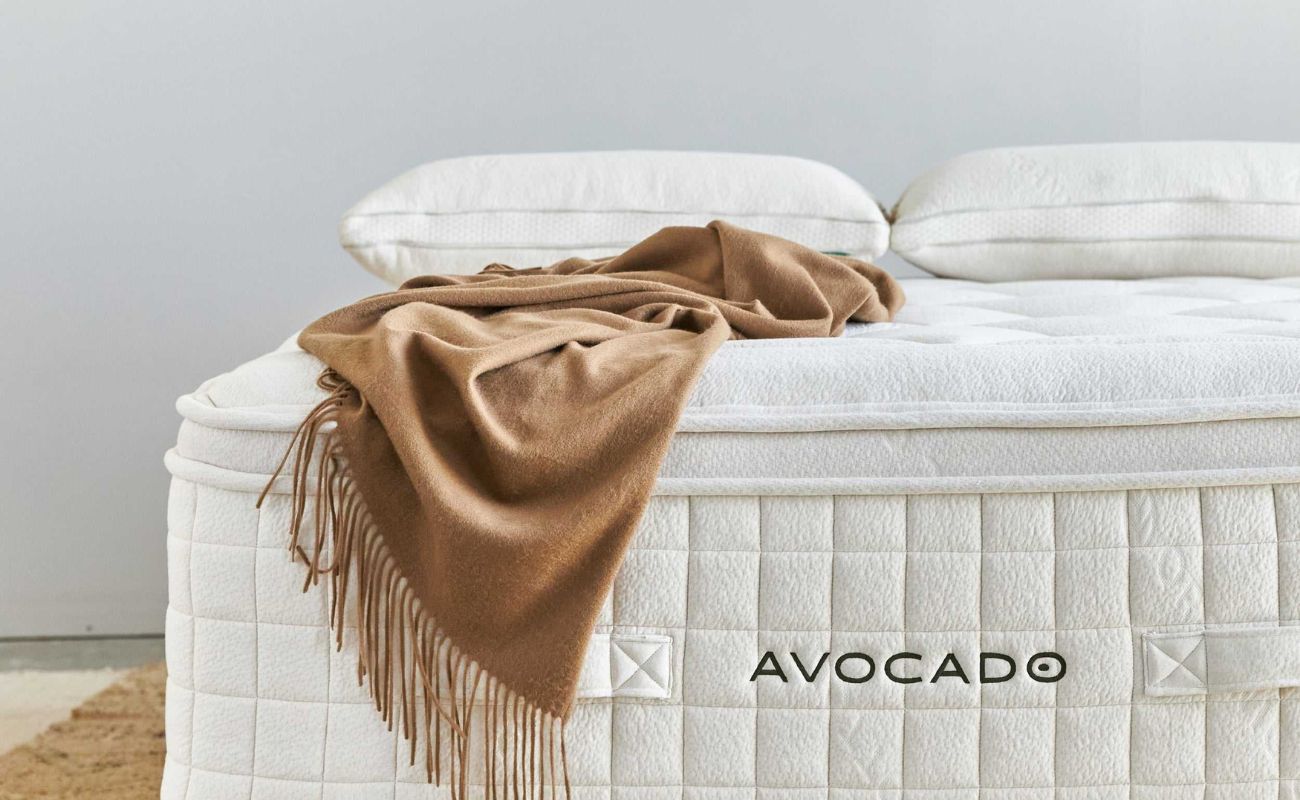

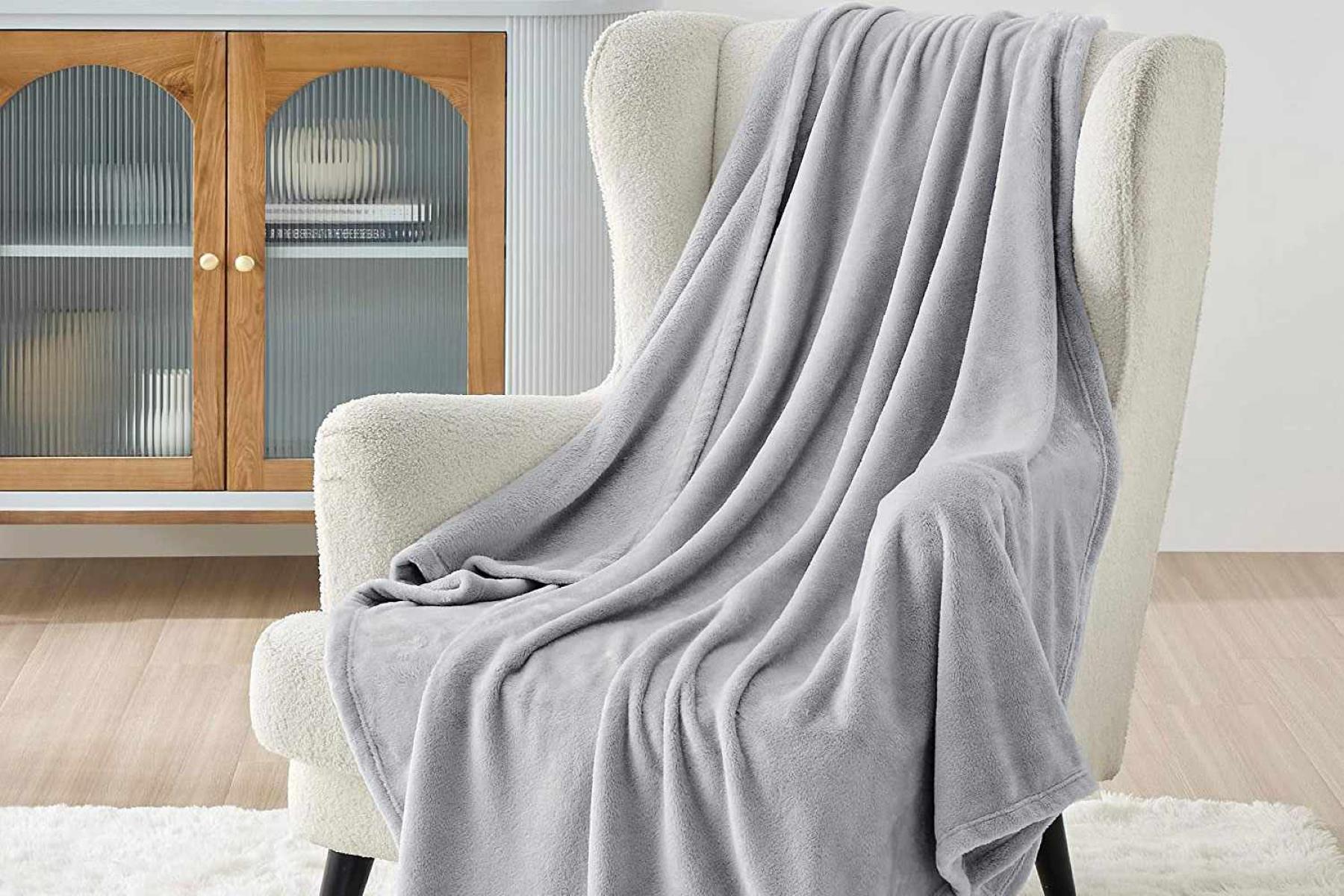
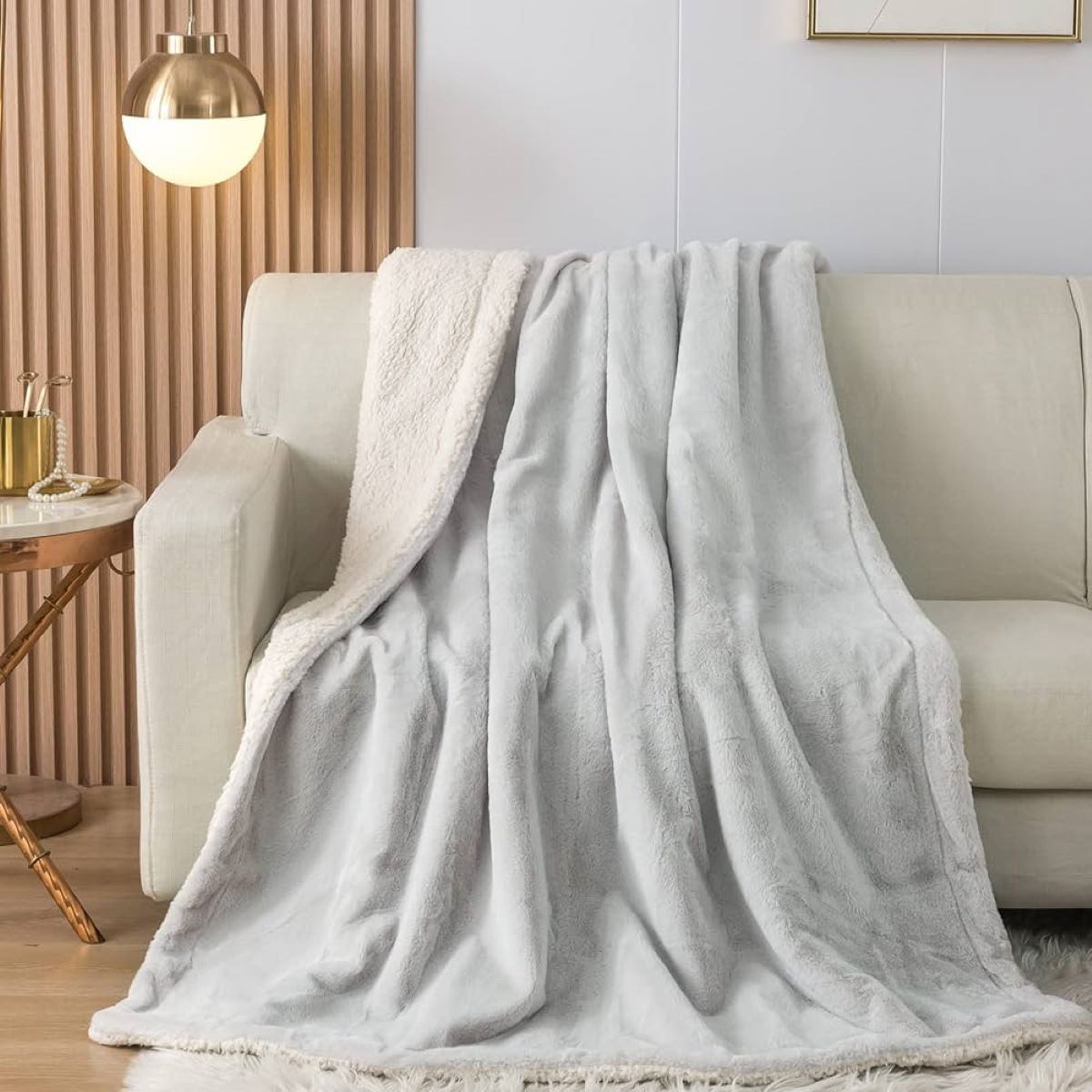
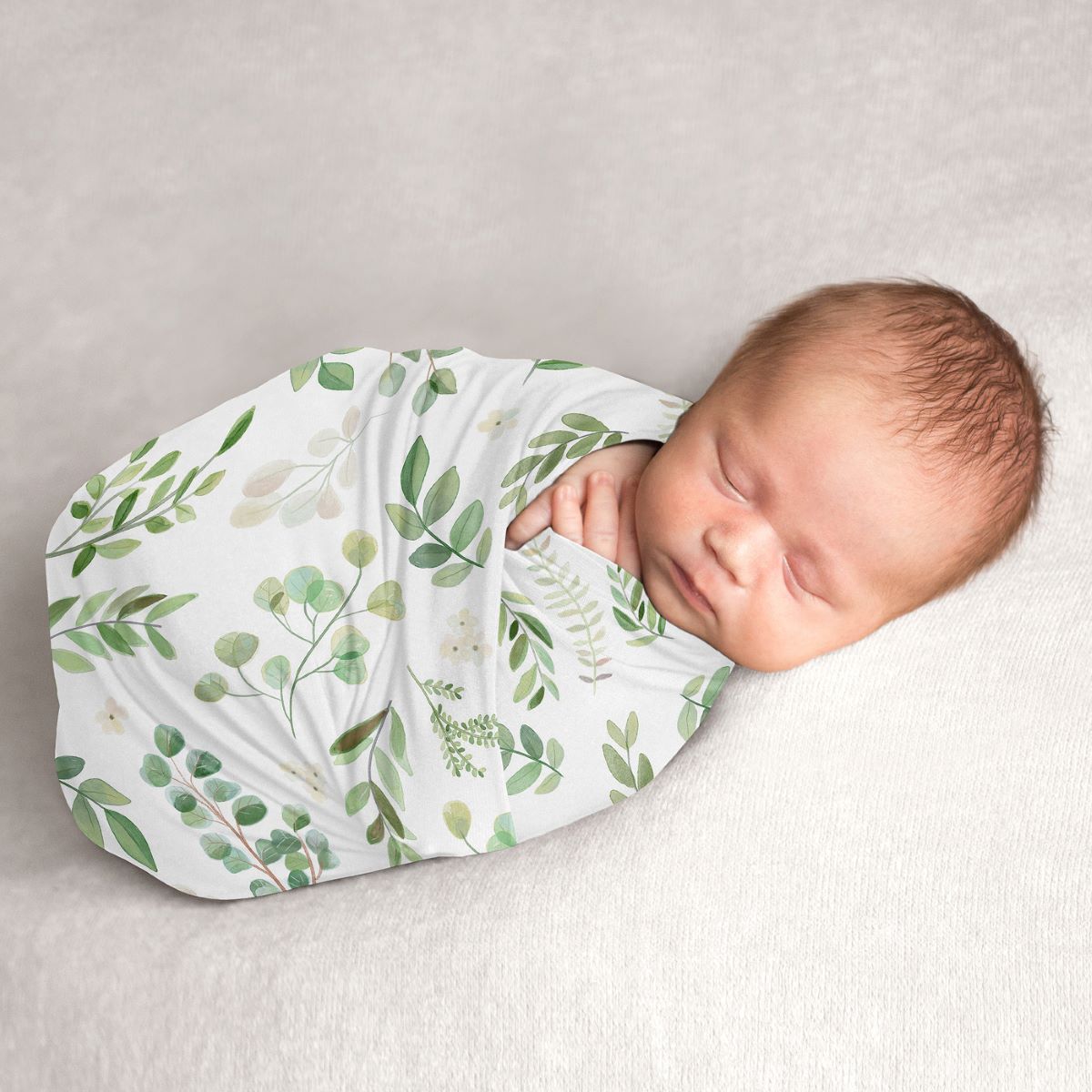


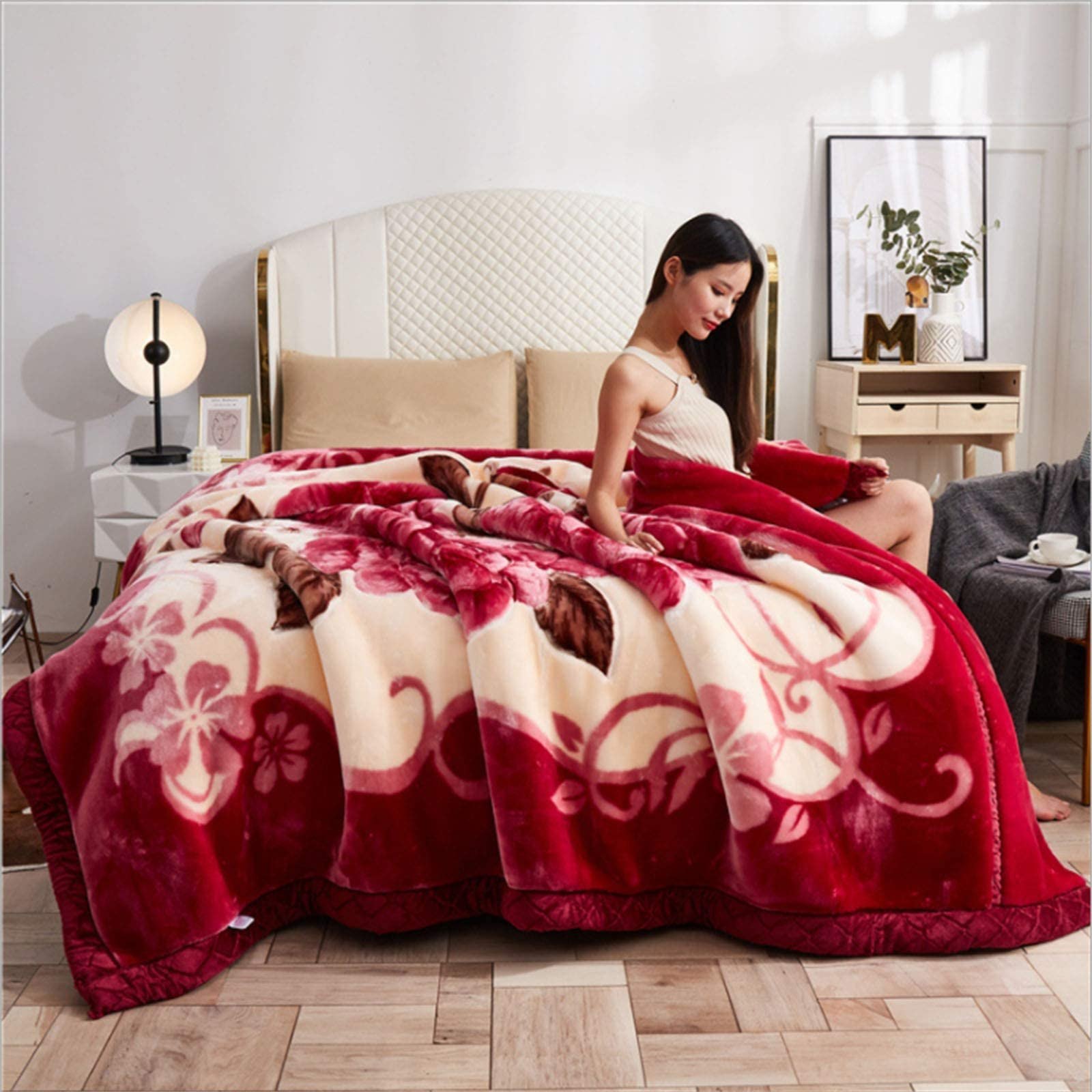
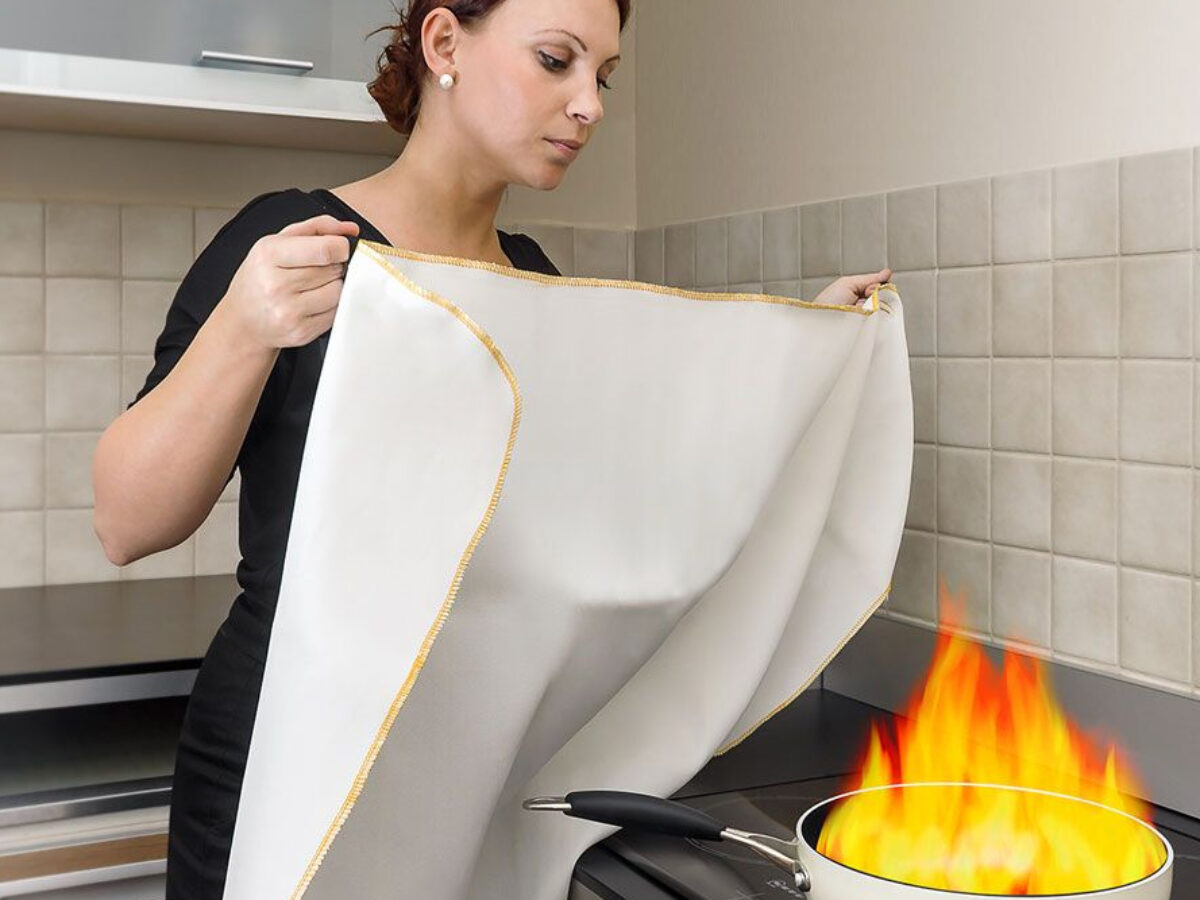
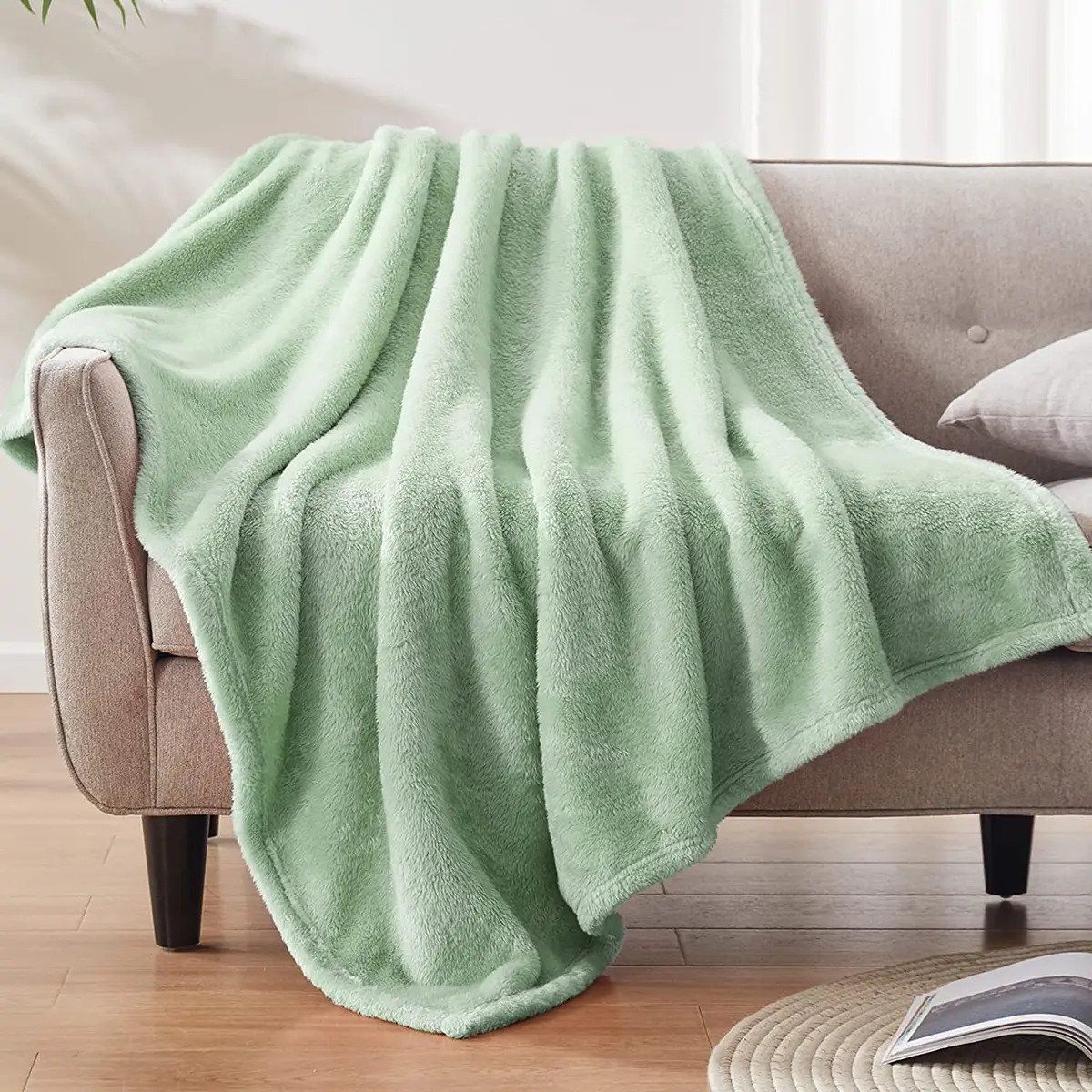
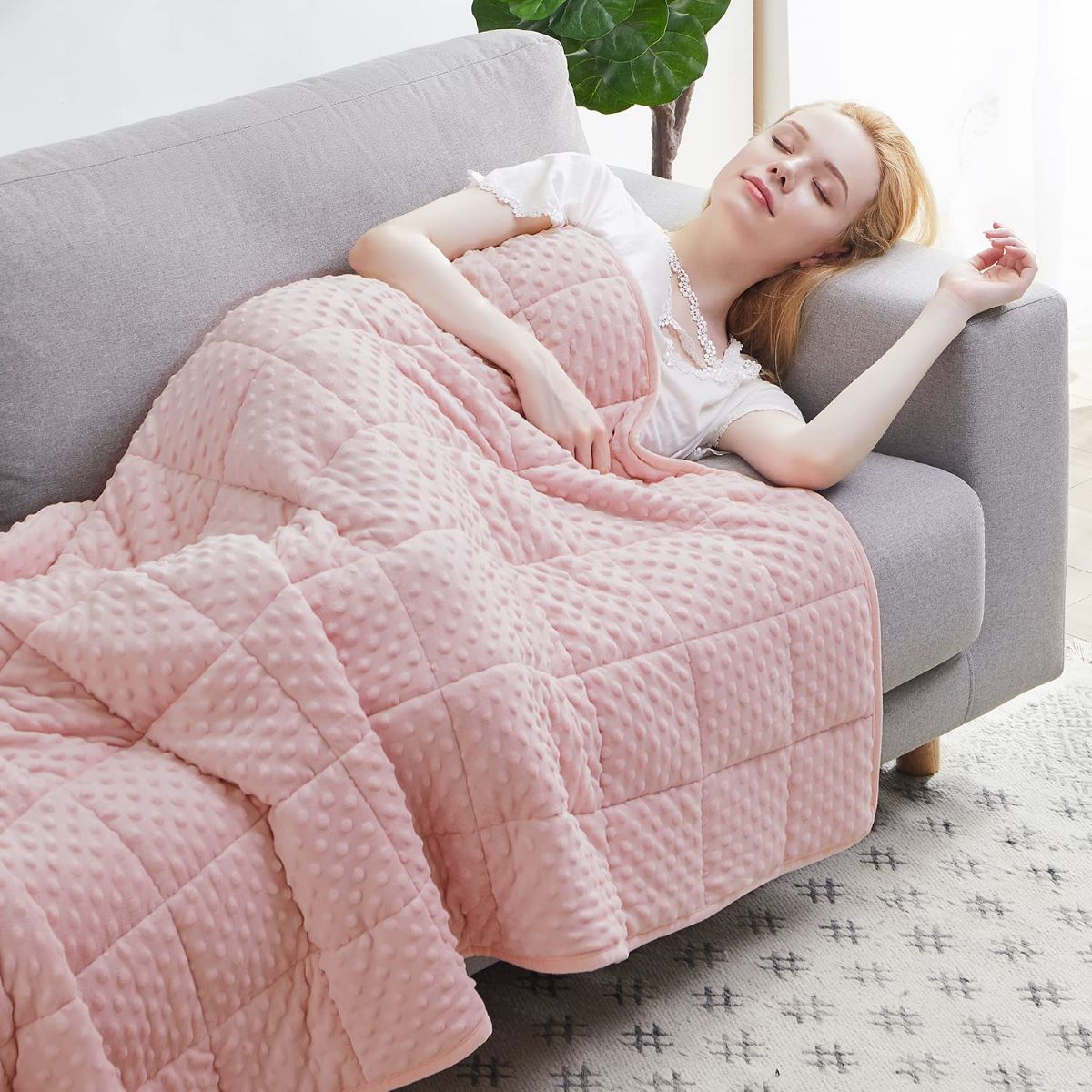

0 thoughts on “What Is The Softest Type Of Blanket”